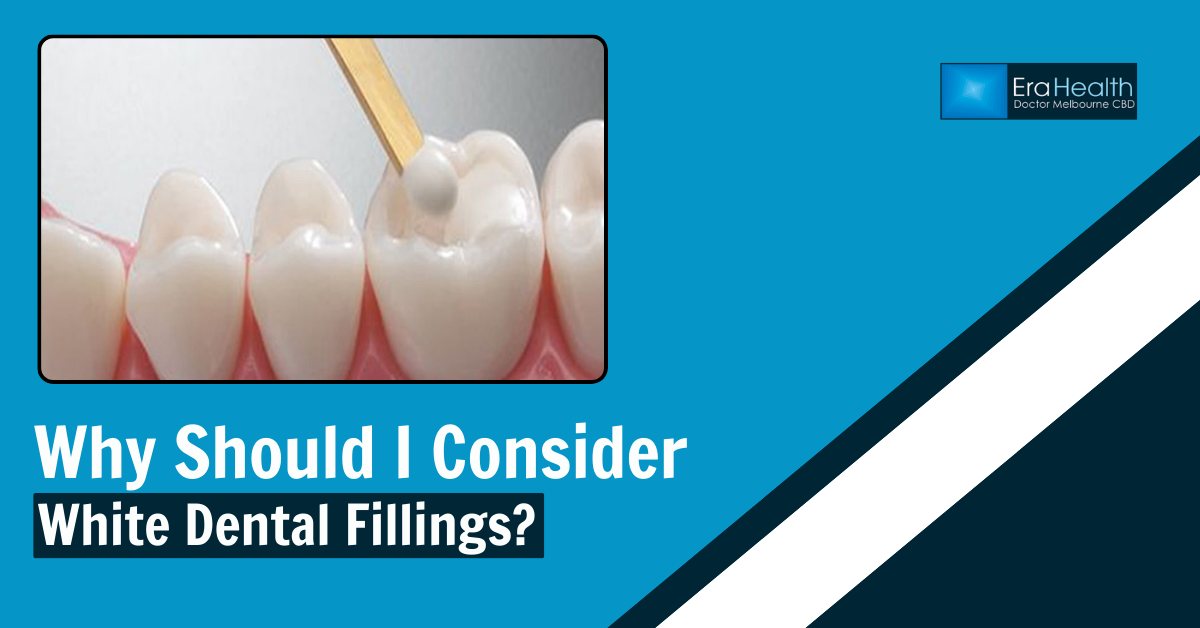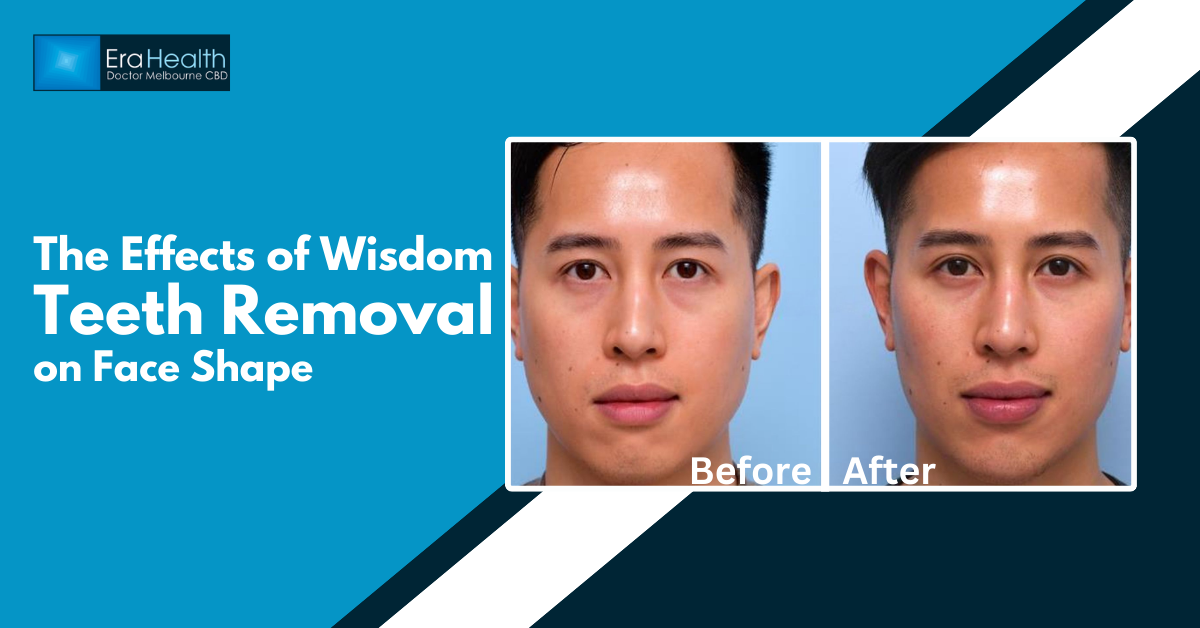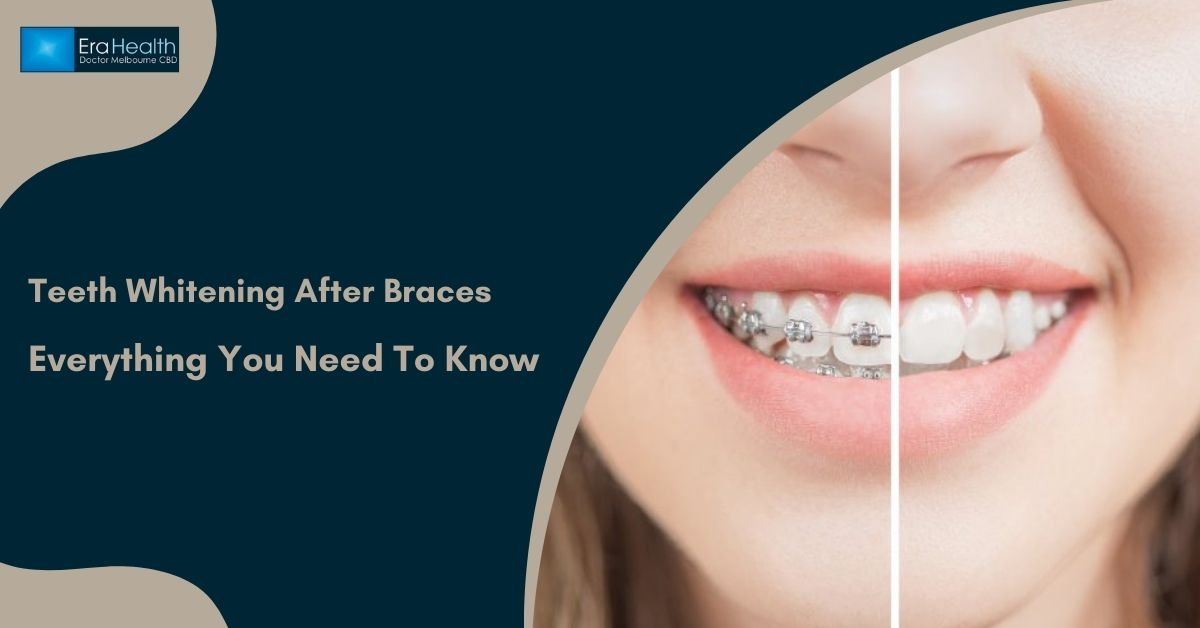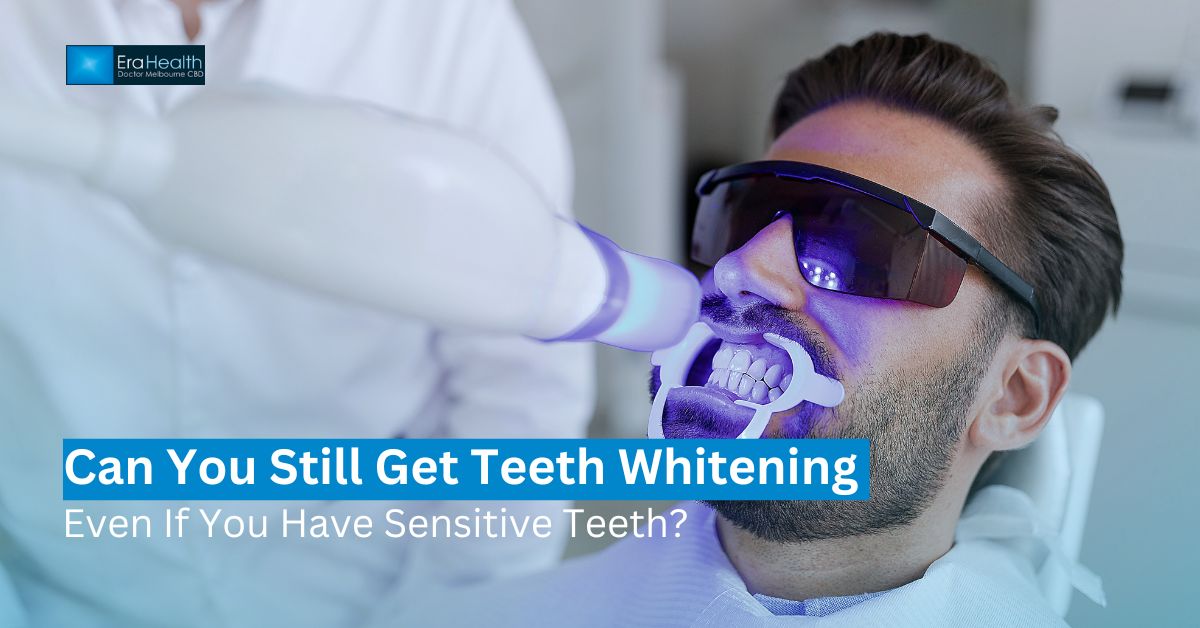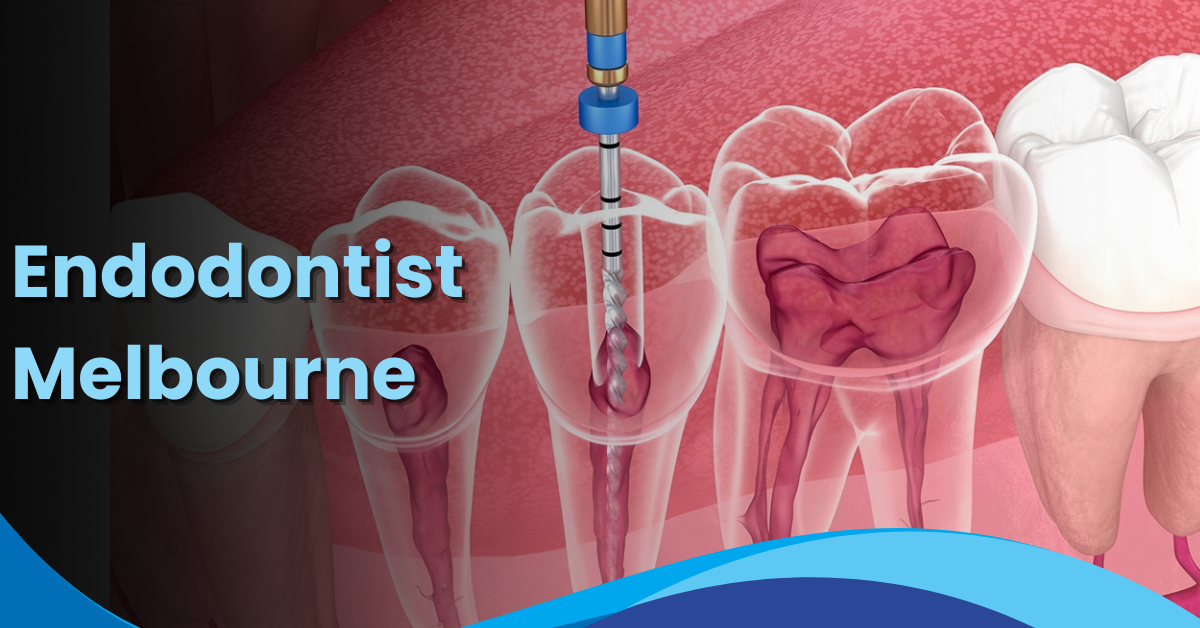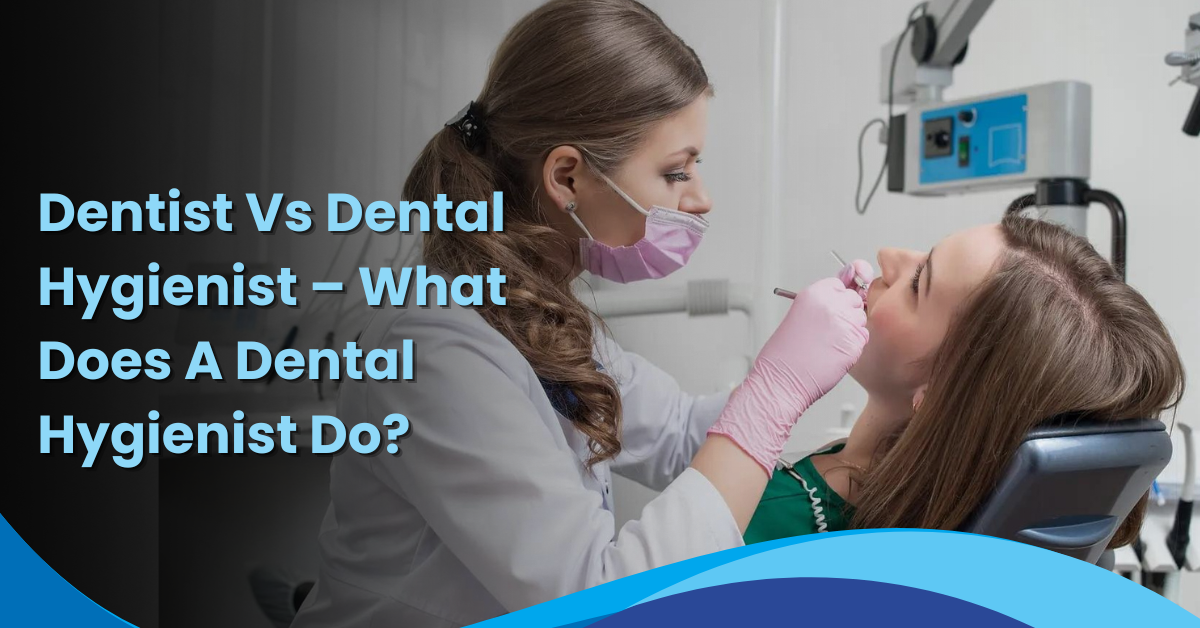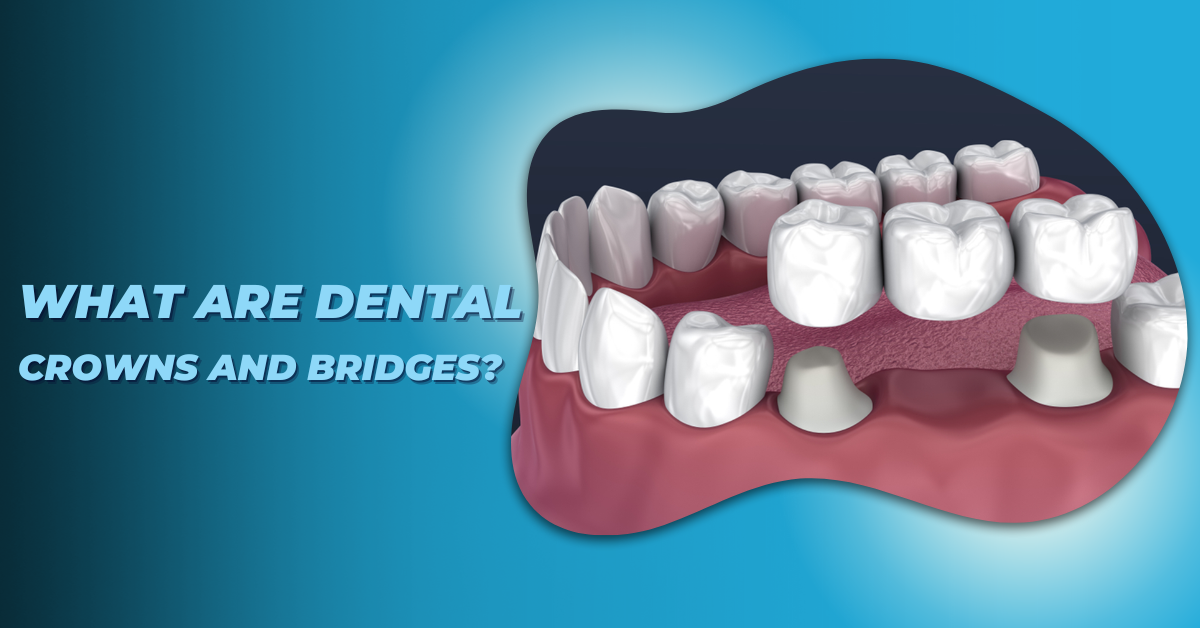When it comes to dental health, the choice of fillings can significantly impact both your oral well-being and your smile’s appearance. White dental fillings have gained popularity for various reasons, from their aesthetic appeal to their functional benefits. If you’re contemplating your options for dental restorations, understanding why you should consider white dental fillings is essential. This article will explore their benefits, costs, and alternatives, helping you make an informed decision.
Why Should I Consider White Dental Fillings?
One of the most compelling reasons to opt for white dental fillings is their natural look. Made from a composite resin, these fillings can be matched to the shade of your teeth, providing a seamless blend that enhances your smile. This aesthetic advantage makes them a preferred choice for visible areas, such as front teeth, where traditional metal fillings would stand out.
In addition to their aesthetic appeal, tooth-colored fillings are often less invasive. The bonding process used in placing these fillings allows for the preservation of more natural tooth structure compared to silver amalgam fillings. This means that more of your healthy tooth can remain intact, which is vital for long-term dental health.
Furthermore, mercury-free fillings eliminate concerns associated with the metal used in amalgam fillings. Many patients prefer composite resin fillings for peace of mind, knowing that they are avoiding potential exposure to mercury and other metals. This aspect is especially important for parents choosing dental options for their children.
What Are the Costs?
The costs of white dental fillings can vary based on several factors, including the size and location of the filling and the dentist’s expertise. Generally, composite fillings tend to be more expensive than traditional amalgam fillings. However, the long-term benefits, such as durability and aesthetics, often justify the higher initial investment.
When considering costs, it’s important to remember that aesthetic dental fillings can provide significant savings over time. Because they bond well to the tooth structure, they may last longer and require fewer replacements compared to other types of fillings. Be sure to check with your dental insurance provider, as many plans cover a portion of the cost for white fillings.
Are White Dental Fillings as Good as Silver Amalgam Fillings?
The debate over whether white dental fillings are as effective as silver amalgam fillings is common among patients. While both options are durable and reliable, there are distinct advantages to composite fillings.
For starters, composite dental restorations provide excellent adhesion to the tooth structure, which can strengthen the tooth and prevent further decay. This property also minimizes the likelihood of gaps forming between the filling and the tooth, which can lead to additional decay.
Moreover, dental bonding with composite materials allows for a more versatile application. Dentists can use this technique to fill cavities, repair chipped teeth, or improve the overall appearance of your smile—all with a single material.
However, it’s worth noting that amalgam fillings are often more durable in terms of wear and tear, especially in the back teeth where the pressure from chewing is greatest. Ultimately, the choice may come down to personal preference and specific dental needs.
Is It Worth Replacing My Amalgam Fillings with White Ones?
If you currently have silver amalgam fillings, you might wonder whether it’s worth the effort to replace them with white dental fillings. Several factors can influence this decision.
First, if your existing fillings are worn, cracked, or otherwise compromised, it may be a good idea to replace them with composite options. Not only will you achieve a more natural appearance, but you’ll also benefit from the improved bonding and potential longevity of tooth-colored fillings.
If you’re concerned about mercury exposure, transitioning to mercury-free fillings is another strong reason to consider replacement. Many patients find peace of mind in knowing they are avoiding potential health risks associated with amalgam.
Conversely, if your amalgam fillings are still in good condition and not causing any issues, there may be no need for replacement. It’s best to discuss your situation with your dentist to determine the most suitable course of action.
What Are Tooth-Colored Fillings Made Of?
Tooth-colored fillings, also known as composite resin fillings, are made from a mixture of plastic and fine glass particles. This unique composition allows the filling to mimic the natural appearance of your teeth while providing a durable and strong restoration.
The resin is applied in layers and hardened with a special light, allowing for precise placement and shaping. This process enables dentists to create a filling that blends seamlessly with your existing tooth structure. Additionally, these materials can be easily sculpted to match the natural contours of your teeth, resulting in a flawless finish.
Where Can I Get White Fillings Done?
If you’re interested in getting white dental fillings, your first step is to consult with your dentist. Many general dentists offer this service, and they can assess your needs and determine the best approach for your dental situation.
When choosing a dental provider, look for those who specialize in cosmetic dentistry or have experience with composite dental restorations. Reading reviews and asking for recommendations can help you find a reputable dentist who meets your needs.
Are There Any Alternatives to Fillings?
While white dental fillings are a popular choice, there are alternatives if you’re seeking different options for dental restorations. Some common alternatives include:
- Inlays and Onlays: These custom-made restorations are used when the damage is too extensive for a standard filling but not severe enough for a crown. They are typically made from porcelain or resin.
- Crowns: If a tooth is significantly damaged, a crown may be recommended to restore its shape, strength, and function.
- Root Canals: In cases of severe decay that affects the tooth’s pulp, a root canal may be necessary before placing a filling or crown.
- Dental Implants: For teeth that cannot be saved, dental implants provide a long-term solution by replacing the entire tooth structure.
Where Can I Get White Fillings Done?
If you’re interested in getting white dental fillings, your first step is to consult with your dentist. Many general dentists offer this service, and they can assess your needs and determine the best approach for your dental situation.
For residents in Melbourne, ERA Health provides expert dental services, including composite dental restorations. Their experienced team can help you explore your options and provide personalized care tailored to your needs. You can learn more about their dental services by visiting ERA Health.
When choosing a dental provider, look for those who specialize in cosmetic dentistry or have experience with tooth-colored fillings. Reading reviews and asking for recommendations can help you find a reputable dentist who meets your needs.
Conclusion
In conclusion, white dental fillings offer a range of benefits, from aesthetic appeal to long-lasting durability. With their natural appearance and safety as mercury-free fillings, they present a compelling option for those seeking to improve their dental health while enhancing their smile.
Whether you’re considering replacing existing amalgam fillings or exploring your options for new restorations, consulting with your dentist will help you make an informed decision. By understanding the benefits and costs associated with tooth-colored fillings, you can choose the best option for your dental care needs.
If you’re ready to improve your smile with white dental fillings, reach out to your dental provider today!
